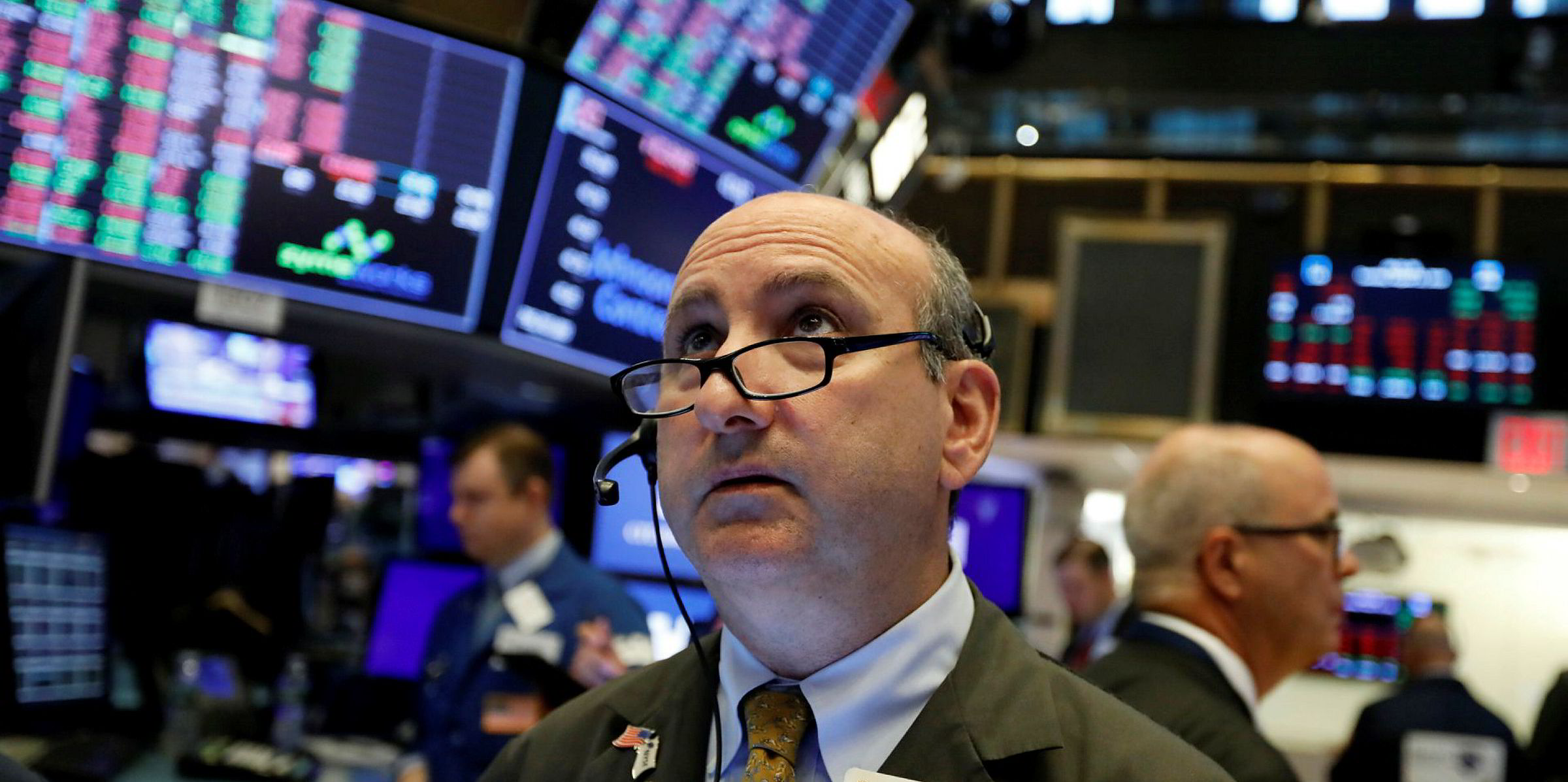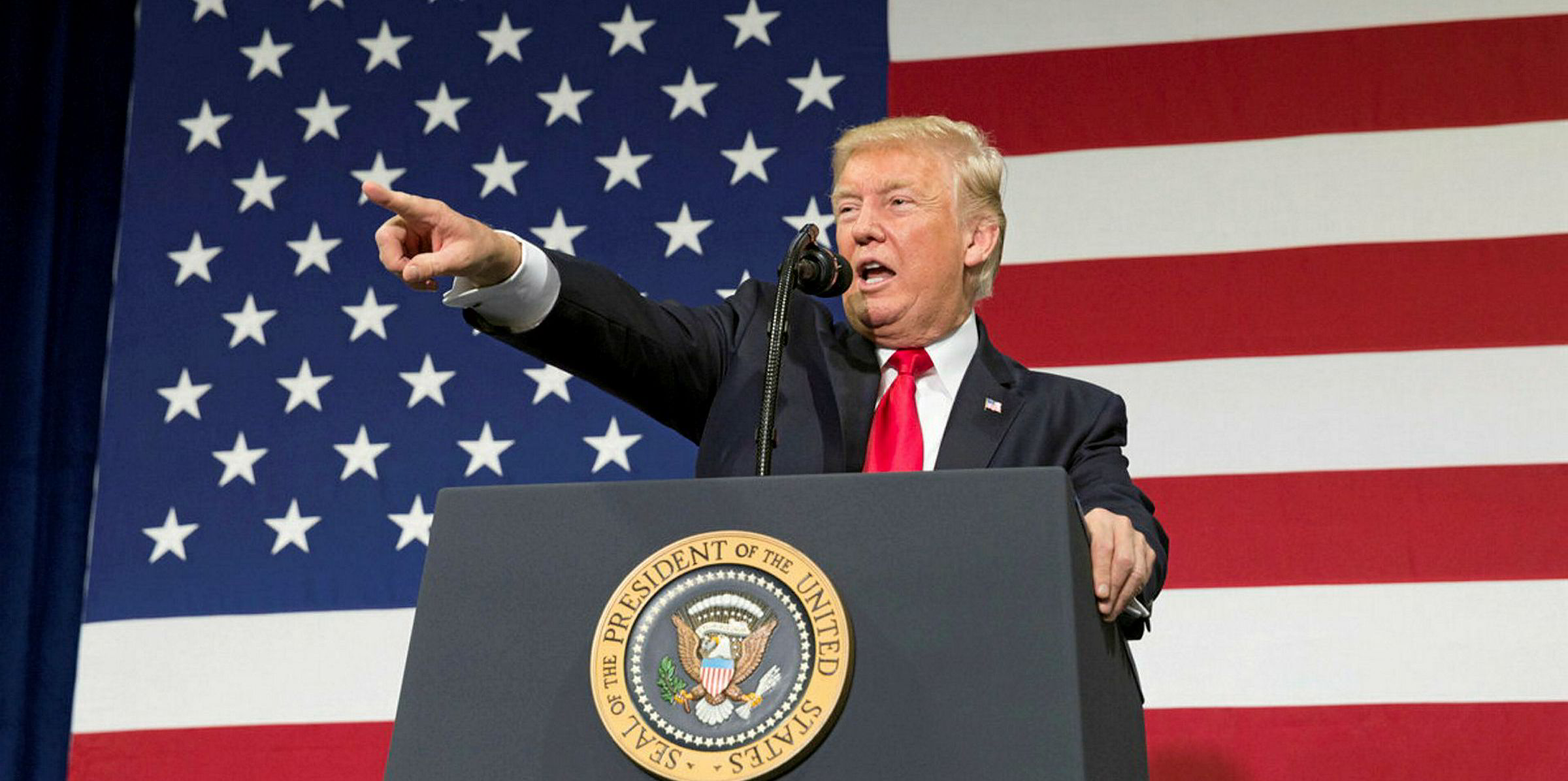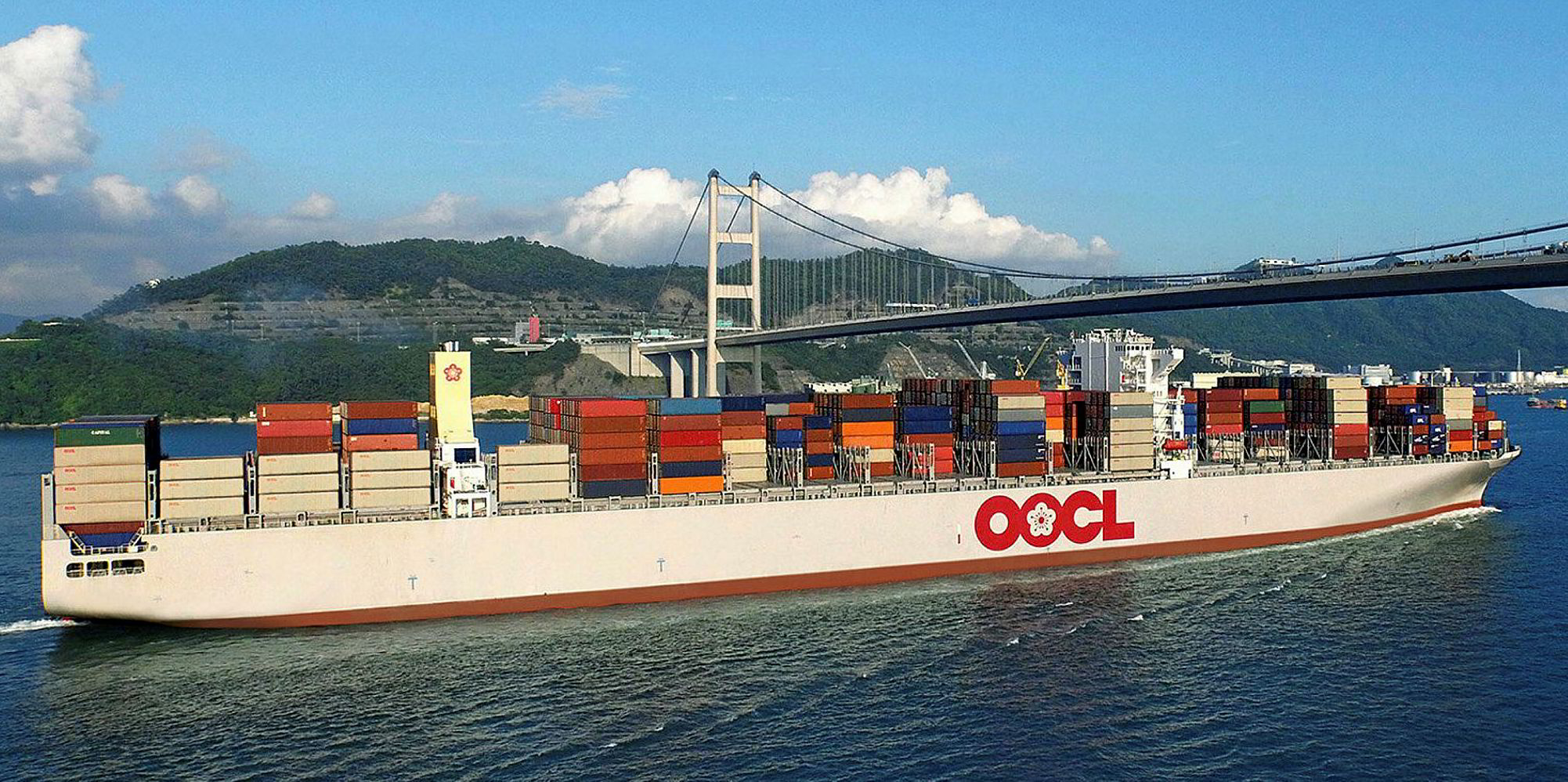It’s been termed "a summer of fear" as financial and commodities markets grapple with growing concern that the world is heading for a downturn.
Escalating trade tensions between the US and China have been wound even higher by US President Donald Trump’s accusations that China is manipulating its currency to boost exports — a serious charge indeed.
As economic growth slows from Germany to China, the warning message is clear for shipping that the outlook for cargo demand is uncertain at best.
Until relatively recently, it had all been looking rosy.
While cargo demand growth had slowed in some regions, underlying supply fundamentals for most sectors were positive for shipowners.
Newbuilding orders are near two-decade lows, while the planning for the forthcoming IMO 2020 sulphur cap regulation is taking out tonnage either for retrofitting of exhaust gas scrubbers or fuel tank cleaning for low-sulphur fuel.
In the physical freight markets today, those factors remain powerful drivers. The Baltic Exchange Dry Index rose to 1,950 points midweek, lifted especially by strong capesize rates. They averaged $27,500 per day in July, the highest since 2010 and nearly four times the $7,500 average for the second quarter of this year.
In the tanker sector, while the product carrier market has moved sideways in recent weeks, the crude market has built some momentum, with freight rates hitting their highest level since the first quarter. Uncertainty in the Middle East Gulf has increased trade in the Atlantic, adding to voyage lengths and dispersing the global fleet.
Add to that the VLCCs being taken out of service for scrubber retrofits and the market is looking rosier for owners than it has for some time, with estimates there will be no net growth in the fleet this year.
It has prompted many executives and market-makers in shipping stocks during the current results-reporting season to complain that share valuations are unjustifiably low.
Investors unmoved
However, investors appear unmoved by the arguments. They are pricing in the deteriorating outlook for trade growth that may yet provide new headwinds for shipping. Shipping stocks fell 4% last week, wiping out the gains made so far this year, according to Clarksons Platou Securities.
Greatest concern surrounds the damage being done by the US trade war with China. There is already plenty of evidence of a very real impact on volumes of imports and exports, and few signs that either side is ready to break the impasse.
In July, China recorded the weakest industrial output for 17 years, while in the second quarter, its economy grew at its slowest pace for almost three decades. It is all too easy to forget that China’s growth in recent times has been the principal driver of shipping demand, and any threat to that must be a major worry.
China is fighting back with the devaluation of the yuan to above the key psychological benchmark of 7 yuan per dollar. A poll of currency specialists by Reuters suggested it would weaken further to 7.10 per dollar by the end of October, with Rabobank suggesting it could ultimately fall to 7.75 per dollar — a rate not seen since 2007.
It is all too easy to forget that China’s growth in recent times has been the principal driver of shipping demand, and any threat to that must be a major worry
In Europe, there are similar signals. A slump in German exports put Europe’s biggest economy into reverse in the second quarter, and is now on the edge of recession, as its manufacturers bore the brunt of the global slowdown and uncertainty over Brexit.
The UK economy — still the world’s fifth biggest — also contracted in the second quarter, hit by the uncertainty and political chaos surrounding its likely exit from the European Union.
Global trade concerns have undermined the oil price causing it to fall below $60, triggering Saudi Arabia to consider pushing its Opec allies and Russia to cut production by a further 1m barrels per day. Gas prices were already low, while the iron ore price has also fallen back.
In the US, while growth remains strong, the Federal Reserve has cut interest rates in a rapid about-turn and is thought likely to cut them further.
US equity markets are at their second most expensive period in 150 years, suggesting the only direction to move will be down.
'Tepid' US demand
Analyst Amit Mehrotra and his research team at Deutsche Bank see transport demand in the US remaining “tepid” in the coming months as the market awaits more clarity on trade negotiations.
Economic concerns are already priced into shipping equities. Most shipping companies trade at a significant discount to net asset value of their fleets of between 10% and 50%.
Kepler Cheuvreux analyst Petter Haugen highlights the “heavy trade war exposure” embedded in the dry bulk market and remains worried about rates and profitability if the trade conflict between the US and China continues to escalate.
That should give listed shipping companies a glimmer of optimism. If relations between the US and China improve sooner than expected — and who can tell with Trump in the White House — the valuation upside may be significant.






